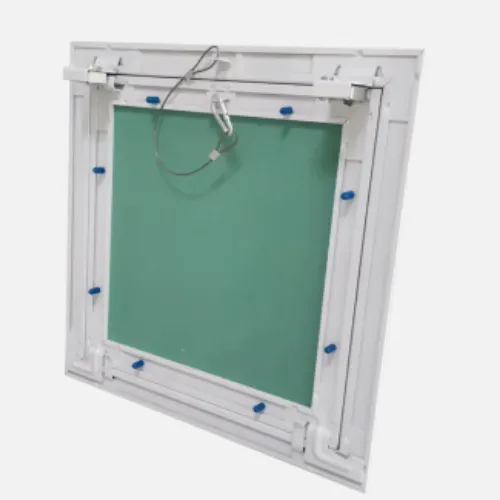8 月 . 20, 2024 01:03 Back to list
Understanding Drop Ceiling Cross Tees and Their Installation Techniques
Understanding Drop Ceiling Cross Tee Design, Functionality, and Benefits
In modern architecture and interior design, the drop ceiling has gained significant popularity due to its versatility and the aesthetic appeal it offers. Among the essential components of a drop ceiling system is the cross tee, which plays a pivotal role in the overall structure and design of the ceiling. In this article, we will explore the importance of the drop ceiling cross tee, its functionalities, and the benefits it brings to both residential and commercial spaces.
What is a Drop Ceiling?
A drop ceiling, also known as a suspended ceiling, is a secondary ceiling hung below the main ceiling structure. This architectural feature is particularly common in commercial spaces, schools, offices, and even in many homes. The drop ceiling allows for the installation of lighting, air conditioning ducts, and soundproofing materials while concealing unsightly plumbing, wiring, and structural elements.
The Role of Cross Tees
Cross tees are horizontal components that connect the main runners or ceiling grid sections in a drop ceiling system. These T-shaped components are typically made from lightweight metals like steel or aluminum and are designed to support ceiling tiles or panels. The configuration of the cross tees helps create a grid pattern that holds the ceiling tiles in place, ensuring a stable and visually appealing finish.
The cross tees generally come in various lengths and sizes, allowing designers to create custom ceiling layouts. They can be adjusted according to the desired ceiling height and the overall aesthetic of the space. The arrangement of these tees is crucial, as it determines the ceiling's structural integrity and visual flow.
Functional Benefits of Drop Ceiling Cross Tees
drop ceiling cross tee

1. Structural Support The primary purpose of cross tees is to provide the necessary structural support for the ceiling tiles. By evenly distributing the weight of the tiles, cross tees prevent sagging and ensure a long-lasting ceiling.
2. Acoustic Performance Drop ceilings often incorporate acoustic tiles, which are essential in controlling sound within a space. Cross tees help in maintaining an appropriate distance between the tiles and the underlying structure, enhancing sound absorption and reducing noise levels.
3. Flexibility and Customization Cross tees allow for various ceiling tile configurations. This flexibility enables designers to create different styles and patterns, accommodating various design aesthetics without compromising functionality.
4. Easy Access to Utilities One of the most practical benefits of a drop ceiling is the access it provides to plumbing, electrical wiring, and HVAC systems. Cross tees facilitate the installation of tiles that can be easily removed, allowing maintenance crews to access critical systems without damaging the ceiling.
5. Aesthetic Appeal The use of cross tees contributes significantly to the visual appeal of a drop ceiling. The grid pattern can enhance the overall design while giving a polished and professional look to any space.
Conclusion
In conclusion, drop ceiling cross tees are integral components of suspended ceiling systems, offering essential support and versatility. Their design allows for various functional benefits, including structural stability, enhanced acoustic performance, and easy access for maintenance. In both residential and commercial settings, drop ceilings equipped with cross tees not only serve practical purposes but also add to the aesthetic value of the environment.
With the continued evolution of architectural design concepts, understanding the role and advantages of drop ceiling cross tees becomes essential for anyone involved in building or renovating spaces. Whether you are an architect, a contractor, or a homeowner looking to enhance your interior, recognizing the importance of these components will surely lead to more informed decision-making and superior design outcomes.
-
Revolutionizing Interior Design with Ceilings t grid Suspended SystemNewsOct.29,2024
-
Revolutionizing Ceiling Design with ceiling access panel with Gypsum Tile WaterproofNewsOct.29,2024
-
Revolutionizing Interior Design with PVC Gypsum Ceiling: A Comprehensive GuideNewsOct.29,2024
-
Elevating Interior Design with High quality Mineral Fiber Ceiling TilesNewsOct.29,2024
-
Revolutionizing Interior Design with PVC Gypsum Ceiling: A Comprehensive GuideNewsOct.29,2024
-
Elevating Interior Design with High-Quality Mineral Fiber Ceiling Tiles: A Comprehensive GuideNewsOct.29,2024







